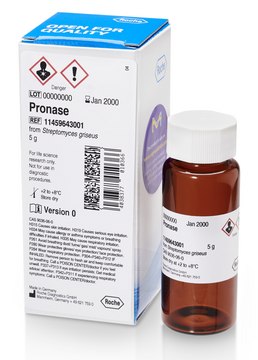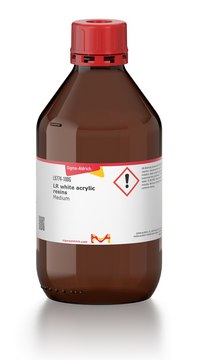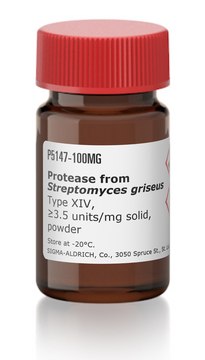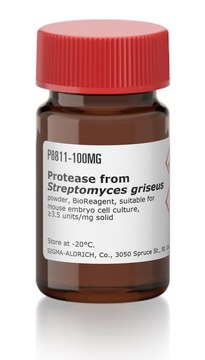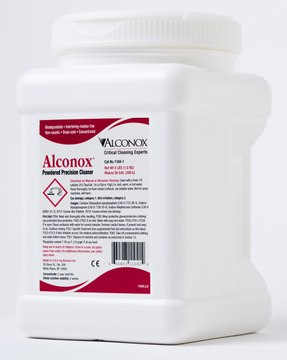Recommended Products
impurities
≥20% N,N-dimethyl-p-toluidine
density
1.050 g/cm3
application(s)
hematology
histology
storage temp.
room temp
Application
LR Accelerator is used for the chemical curing of LR White and LR Gold embedding media for routine and low temperature electron microscopy or the immunocytochemical localization of antigens by either light or electron microscopy.
related product
Product No.
Description
Pricing
Signal Word
Danger
Hazard Statements
Precautionary Statements
Hazard Classifications
Acute Tox. 3 Dermal - Acute Tox. 3 Inhalation - Acute Tox. 3 Oral - Aquatic Chronic 3 - STOT RE 2 Oral
Target Organs
Reproductive organs
WGK
WGK 3
Flash Point(F)
168.8 °F
Flash Point(C)
76 °C
Personal Protective Equipment
dust mask type N95 (US), Eyeshields, Gloves
Certificates of Analysis (COA)
Search for Certificates of Analysis (COA) by entering the products Lot/Batch Number. Lot and Batch Numbers can be found on a product’s label following the words ‘Lot’ or ‘Batch’.
Already Own This Product?
Find documentation for the products that you have recently purchased in the Document Library.
Margarita Sobol et al.
Histochemistry and cell biology, 134(6), 631-641 (2010-11-11)
In this study we present an optimized method of high-pressure freezing and automated freeze-substitution of cultured human cells, followed by LR White embedding, for subsequent immunolabeling. Also, the influence of various conditions of the freeze-substitution procedures such as temperature, duration
Shuji Yamashita
Methods in molecular biology (Clifton, N.J.), 657, 237-248 (2010-07-06)
We describe a standardized method of fixation, antigen retrieval, and image contrasting for post-embedding immunoelectron microscopy. Tissues are fixed with formaldehyde solutions containing Ca(2+) and Mg(2+) ions at pH 7.4 and then at pH 8.5. After dehydration with dimethylformamide, the
Margarita Sobol et al.
Histochemistry and cell biology, 135(1), 103-110 (2010-12-15)
The best available approach of biological sample preparation for transmission electron microscopy currently includes cryoimmobilization by high-pressure freezing (HPF) followed by freeze-substitution (FS). This method has been well established for interphase cells; however, a reliable and easy procedure is still
M Giagnacovo et al.
European journal of histochemistry : EJH, 54(3), e31-e31 (2010-09-08)
The aim of the present investigation was to evaluate whether routinely frozen biopsies of human skeletal muscle may be suitable for morphological and immunocytochemical analyses at transmission electron microscopy. The fixation/embedding protocols we successfully used for decades to process fresh
C J von Ruhland et al.
Journal of microscopy, 240(2), 130-134 (2010-10-16)
The utility of LR White sections as slot grid support films for the examination of thin resin-embedded tissue sections by transmission electron microscopy was investigated and compared with traditional formvar-carbon films. Throughout a variety of staining procedures, which involved the
Our team of scientists has experience in all areas of research including Life Science, Material Science, Chemical Synthesis, Chromatography, Analytical and many others.
Contact Technical Service
